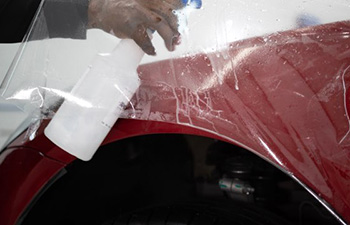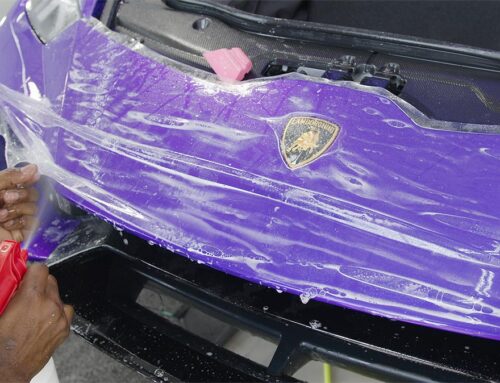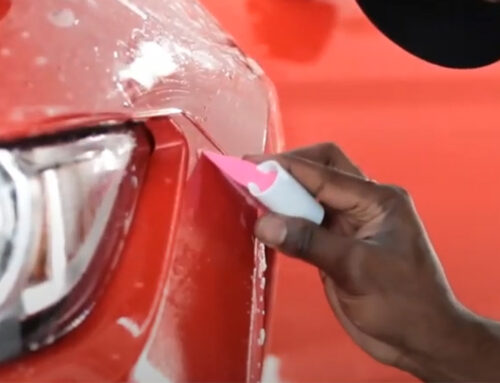Why you need it and how it’s installed
If you’re someone who’s passionate about cars, you probably understand how important it is to keep the paint looking good and scratch-free. As much as we’d all like to keep our cars in perfect condition forever, unfortunately, that’s just not possible. Even small rocks kicked up from the road can cause tiny chips and scratch the paint. It’s not just rocks, though; over time, cars will be exposed to natural factors like rain, dust, dirt, and bird droppings, which could damage the paint. So, what’s the solution? Fortunately, automobile technology is advancing pretty fast, and one of the latest solutions to this problem is the Paint Protection Film (PPF). In this ultimate guide, we’ll be talking about everything you need to know about Paint Protection Film, why you need it, and how it’s installed.
What is Paint Protection Film (PPF)?
Paint Protection Film is a transparent and self-adhesive film that is applied to the paint of a car to protect it from physical and environmental damage. It’s made of a thermoplastic urethane film that is cut to fit the specific make and model of the car. It can be applied to the bumper, hood, fenders, mirrors, door edges, and other areas of the car that are more prone to damage. The PPF acts as a protective layer over the car’s paint without affecting the car’s appearance. In fact, it’s hard to detect that it’s even there!
Why do you need Paint Protection Film?
As mentioned earlier, road debris, dirt, dust, and rain can lead to tiny chips, scratches, and nicks on your car’s paint. Even when parked, bird releases, tree sap, and UV rays could damage the paint. A Paint Protection Film will prevent that, and it’s also self-healing. This means that when minor scratches occur, the film will “heal” the damage and return to its initial form. Moreover, it protects the car from paint oxidation, yellowing, and fading, which could be caused by environmental factors. PPF helps preserve the beauty of the car and also helps retain the car’s resale value.
How is Paint Protection Film installed?
Installing PPF requires an expert. A professional installer will start by thoroughly cleaning the surface of the car with a special cleaner. The cleaner removes rust, wax, and contaminants that could affect the film’s adhesion. After cleaning, the installer will measure the areas that need protecting and cut the PPF into the desired shapes and sizes. The installer will then carefully apply the film to the surface of the car using a specialized adhesive. Once applied, the film is smoothed out, and all air pockets are removed to ensure the film is securely in place. The drying process takes anywhere between one to two days after the PPF is applied.
How long does the Paint Protection Film last?
The lifespan of PPF depends on several factors, such as the quality of the film, the climatic conditions, and how well it’s maintained. On average, high-quality films should last about five years or more. However, some newer films could last up to ten years. It’s essential to maintain the film properly to enjoy maximum protection. Proper maintenance includes keeping the car clean, avoiding abrasive car washes, and avoiding contact with harsh chemicals.
In conclusion, Paint Protection Film is an excellent investment for any car owner who wants to keep their car looking new for longer. It provides an additional protective layer over the car’s paint and prevents damage from debris, dirt, rain, and other environmental factors. The installation of PPF is a detailed process that requires an expert, but the result is worth it. Additionally, proper maintenance of the film is crucial for maximum protection. Overall, PPF is an excellent choice if you want to protect your car and maintain its aesthetic value for years to come.



